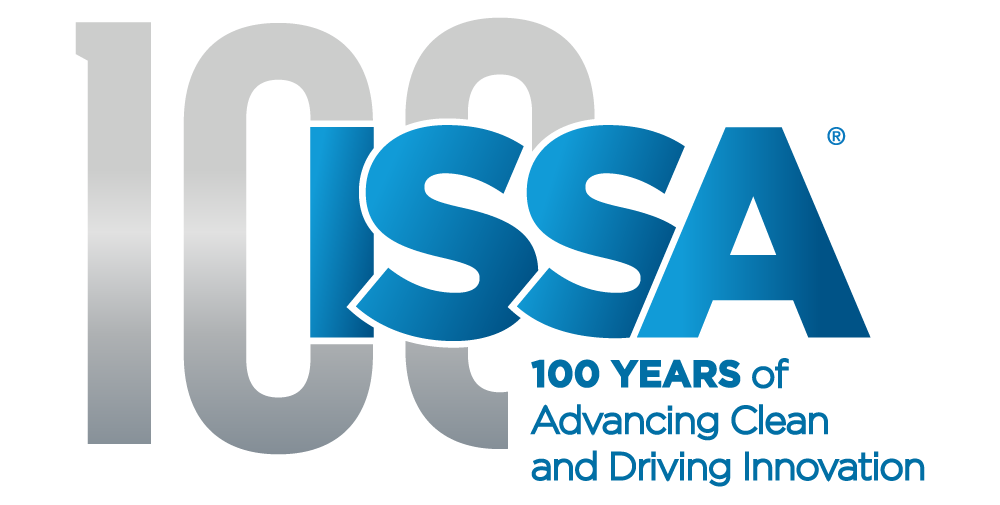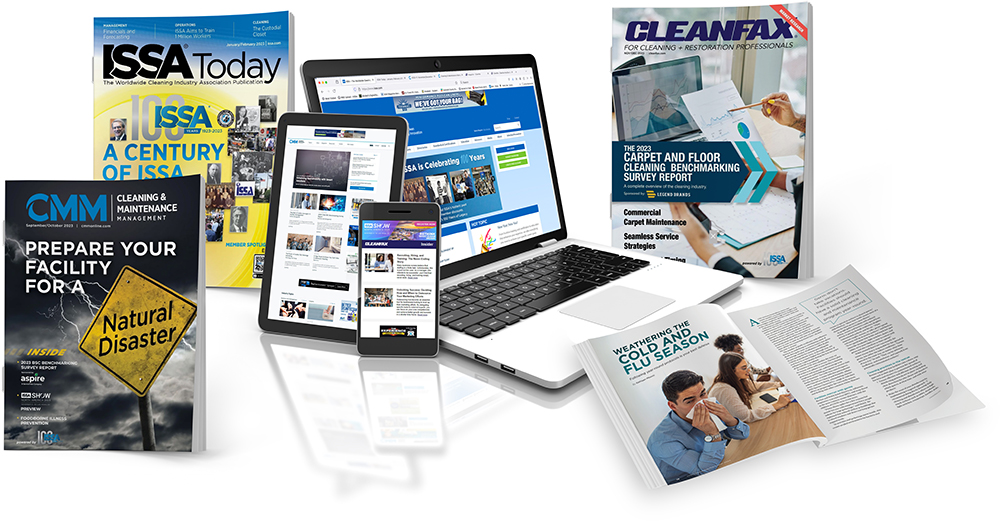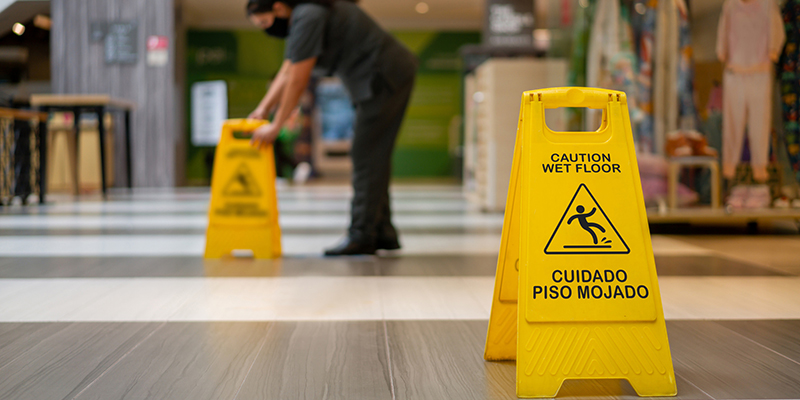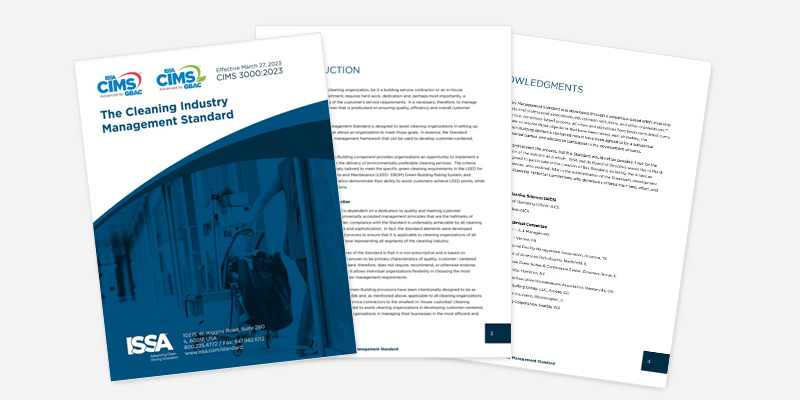Best Practices for Commercial Kitchen Cleaning
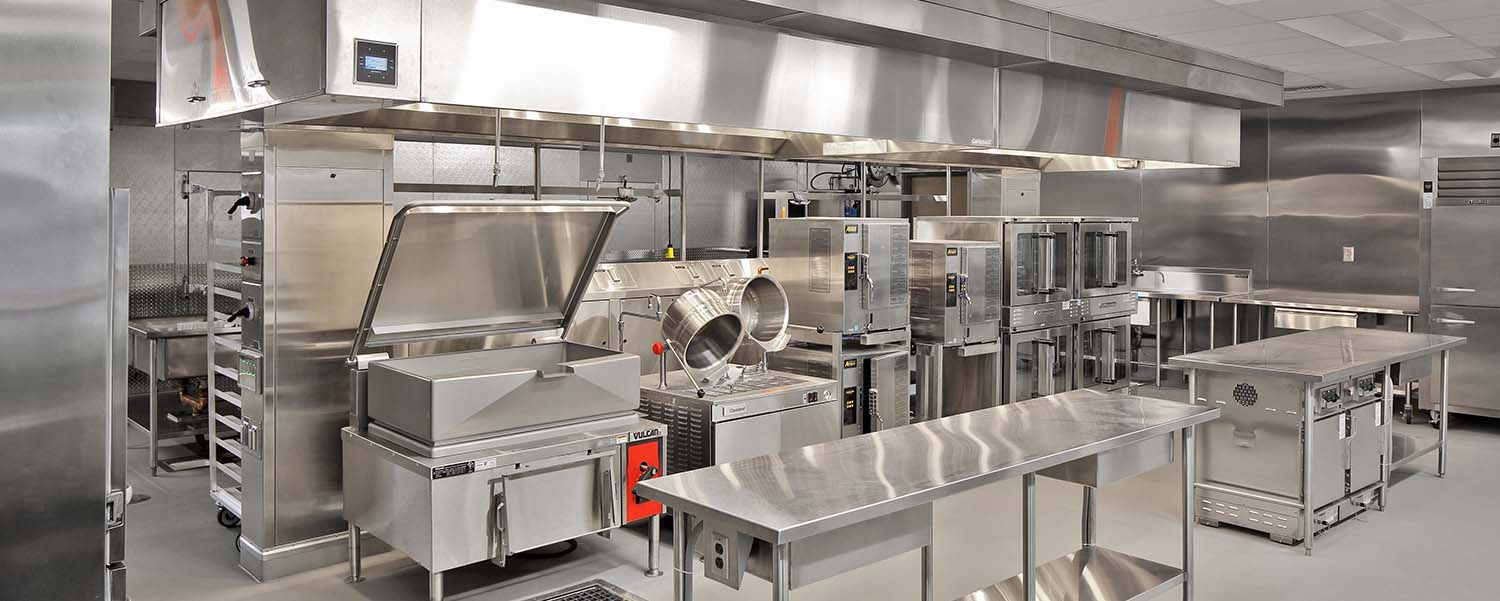
When it comes to the proper and effective cleaning of commercial kitchens, we often find that cleaning tools—the items we use to keep the kitchen hygienic and healthy—are the very items that spread disease. Keeping these tools clean and sanitized for use in a commercial kitchen raises many concerns. For example, raw meats, fish, and poultry and the juices produced by these foods can store many pathogens until adequately cooked. These fluids often find their way on to cleaning tools during the cleaning process.
Similarly, fruits and vegetables can be a source of contamination until effectively washed or cooked and can contaminate surfaces and equipment.
When Cleaning Won’t Do
Another contamination issue custodial workers need to be aware of, especially during the winter months, is norovirus. While outbreaks on cruise ships garner the most headlines, most of these occur on land.
Whenever someone gets sick in a food service establishment or within a few hours after eating in one, and there is vomiting, the cause is most likely norovirus. Assuming this is the culprit and taking the proper action helps protect the health of other customers as well as the employees who will likely be called on to attend to the incident.
In a norovirus situation, all tools used to attend to the situation should not be cleaned, but rather, properly discarded. Place all contaminated or potentially contaminated tools in a large trash liner, secure the top, and dispose of them in an outside dumpster.
Worker Safety
Just as we should assume a vomiting incident in a food service facility is likely caused by norovirus, custodial workers must realize that after especially after continued use, their soiled cleaning tools are probably contaminated with germs, bacteria, and other pathogens. To reduce exposure to these, workers should always wear personal protective gear.
The most essential items are gloves—preferably gloves that come up the arm and over the wrist to protect the skin—and nonvented goggles. Often chemicals or water are poured over cleaning tools to rinse them off. The nonvented goggles help prevent chemicals, rinse water, or contaminated droplets from getting in the eyes, which can cause serious health risks.
It is also recommended that disposable gowns or aprons be worn when washing kitchen cleaning tools. This helps protect clothes and the added covering helps protect skin from chemical solutions as well as airborne contaminants that can be dispersed during the scrubbing process.
Best Practices
Keep in mind the above, below are some best practices for supervisors and other managers to share with workers that can help keep microbial contamination from finding its way into the very tools assigned to keep food service areas healthy and safe.
- Use a portable or wall-mounted dilution-control system. Improperly diluted chemicals can be wasteful or ineffective.
- Wash, then disinfect. First, wash tools thoroughly to remove grease, oil, food residue, and soils. Allow them to dry, then disinfect them using a U.S. Environmental Protection Agency (EPA)-registered disinfectant, being sure to allow adequate dwell time.
- Don’t ignore large equipment. If you’re using a floor machine, wash and disinfect the housing, shroud, wheels, and squeegee as well as the hand-control area and cord after use. The same applies to automatic scrubbers. It is a best practice to draw diluted disinfectant through the vacuum hose to help disinfect the interior walls of the vacuum hose itself.
- Dry before storing. Wipe down cleaning tools with a clean cloth, then allow them to air dry thoroughly before placing them in storage. This includes hoses used to spray walls, floors, and other surfaces. Bacteria thrives in damp conditions while wet surfaces attract dust, soils and contaminants.
- Remove protective equipment properly. For example, when removing gloves, pull on corners and fold the outside of the glove over the hand to prevent contaminants from getting on fingers and hands. Wash hands again once the gloves are removed.
- Store equipment off the ground. This allows them to air dry more thoroughly and prevents contact with floor surface moisture or soils
- Keep tool storage away from food areas. Store cleaning tools in a designated area away—preferably in a closet with a door—from food preparation or storage areas.
- Maintain cleaning carts properly. If using a janitorial cart, the cart must also be washed and disinfected. Remove all supplies and pay attention to cracks, crevices, joints, and the wheels of the cart where soil and contaminants can build up.
- Place chemicals on shelves with racks. Wire racked shelves help prevent product from falling, potentially causing chemicals to splash onto surfaces, food, or in the eyes and hands of passerbys.
- Color code. Because of potential language issues, develop a color-coding system for each type of chemical solution. These designated colors should also be on the storage shelves which to avoid workers using the wrong product for the wrong purpose.
- Store chemicals in their original, closed containers. This prevents airborne pathogens from contaminating the solution as well as accidental spills.
- Never pour excess chemicals back into a container. The solution can quickly become contaminated once out of its container.
- Use approved floor cleaners and practices. Mop floors with an anti-slip, multi-purpose floor cleaner specifically designed for cleaning commercial kitchen floors. Change the mop head frequently and wash after each use; waiting to change the mop head once it looks soiled is too late. The mop pole and housing must also be washed and disinfected.
- Use clean cloths. Dish rags and towels, whether used by kitchen staff or when cleaning the kitchen, become highly contaminated quickly. Change them frequently, then launder after use. Sponges should not be used in a commercial kitchen because they can become very contaminated and hide soiling.
- Always have two laundry bags. Keep one filled with fresh rags and towels and one for soiled.
- Pay attention to smaller tools. For instance, dust pans can be a source of contamination along with small brooms and hand pads.
- Develop a cleaning tool maintenance program. This should be in writing and displayed prominently in the food service area. Make sure those in charge of keeping the tools clean are fully aware of their responsibilities.
Custodial workers can never be too cautious when it comes to the upkeep of kitchen tools. It’s always better to be safe than sorry, especially when the health consequences of negligence can be severe.



